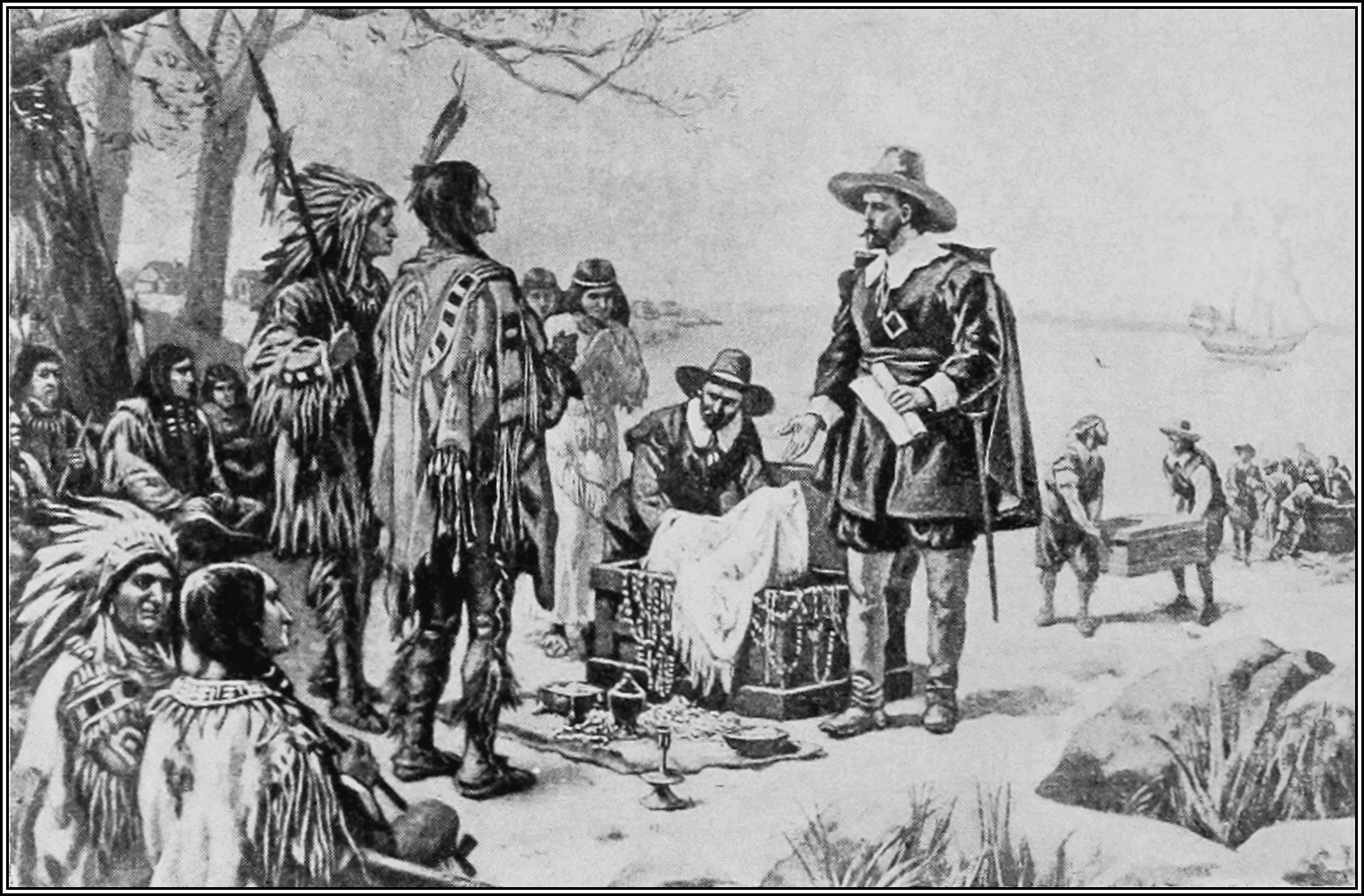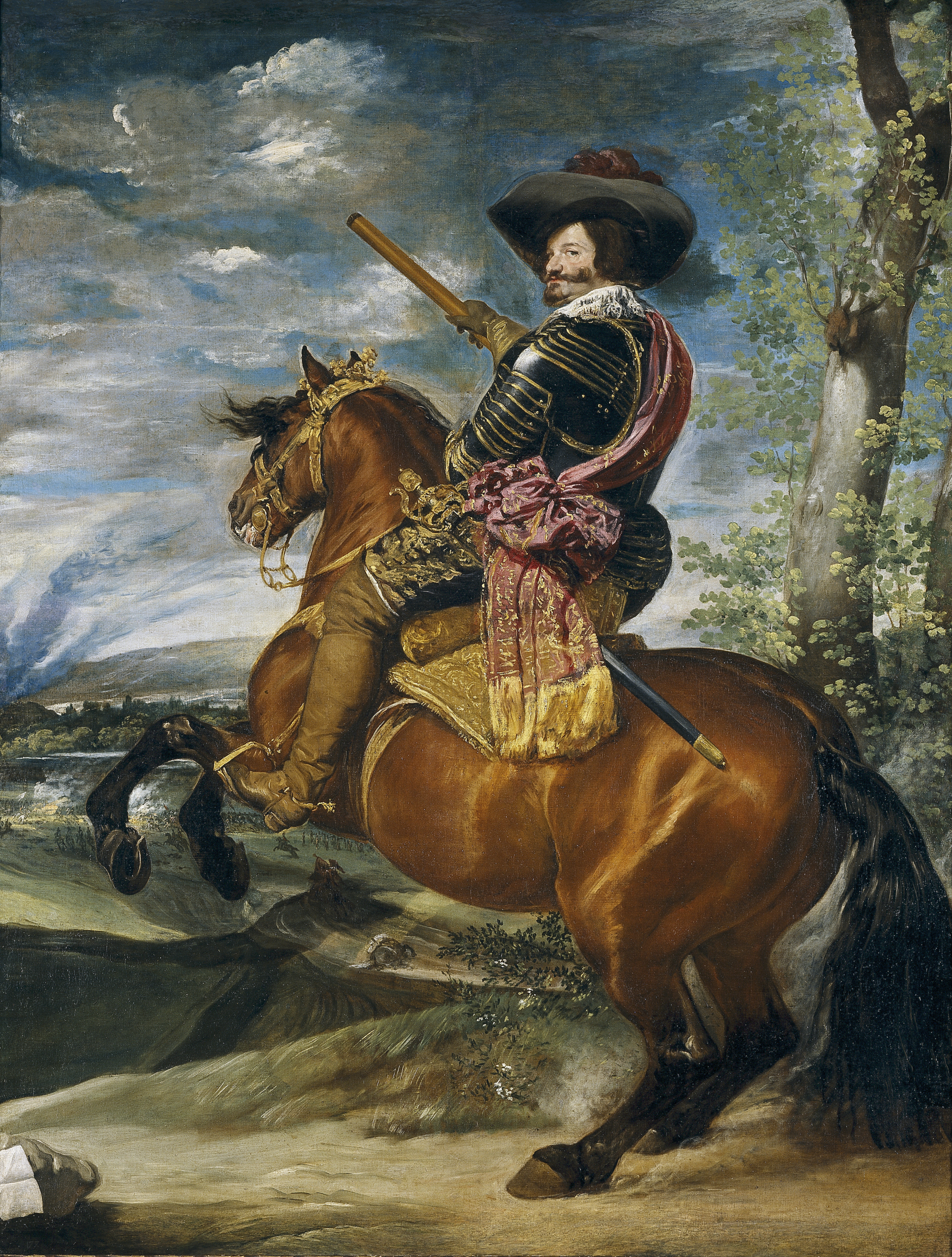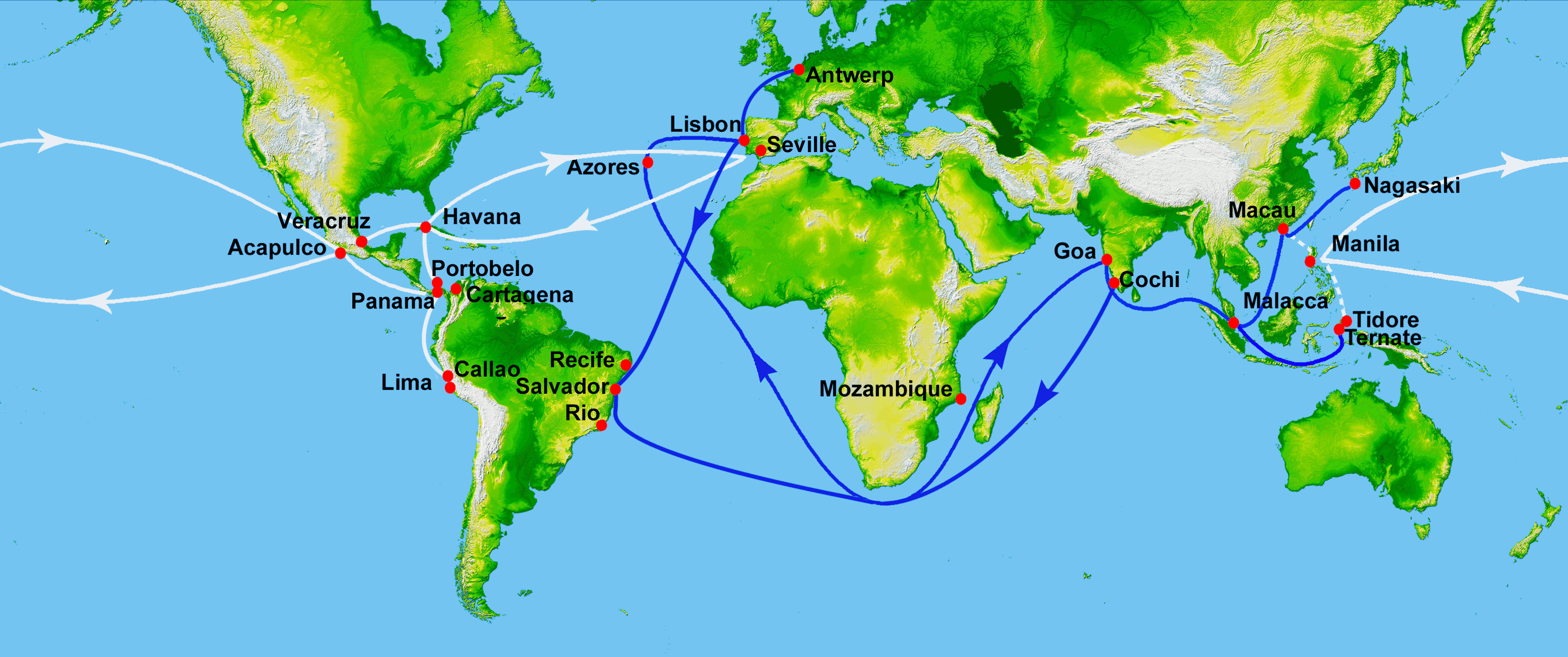|
Francisco Núñez Melián
Francisco Núñez Melián (died 13 April 1644) was a Spanish adventurer and royal administrator born in Madrid. By 1619, Melián had become a member of the Havana city council. He also held the prominent post of treasurer for the Windward Islands region of the Santa Cruzada, a fund that managed the alms given by the faithful for indulgences and the support of the church. In 1624, after initial attempts to salvage the ships of the 1622 Tierra Firme (South American) Fleet had failed, he was granted license by King Philip IV to search for the wrecks of the Nuestra Señora de Atocha and Santa Margarita. He sent a crew to the area in 1625, but they vanished at sea. In 1626, he led an expedition to locate the wrecks of the two ships ''Nuestra Señora de Atocha'' and '' Santa Margarita''. On 3 June 1626 one of his slaves, Casta Bañon, discovered the wreck of ''Santa Margarita''. He was Governor of Venezuela from 1630 to 1637. Between 1643 and 1644 he was Governor of Yucatán, a ... [...More Info...] [...Related Items...] OR: [Wikipedia] [Google] [Baidu] |
Havana
Havana (; ) is the capital and largest city of Cuba. The heart of La Habana Province, Havana is the country's main port and commercial center.Cuba ''The World Factbook''. Central Intelligence Agency. It is the most populous city, the largest by area, and the List of metropolitan areas in the West Indies, second largest metropolitan area in the Caribbean region. The population in 2012 was 2,106,146 inhabitants, and its area is for the capital city side and 8,475.57 km2 for the metropolitan zone. Its official population was 1,814,207 inhabitants in 2023. Havana was founded by the Spanish Empire, Spanish in the 16th century. It served as a springboard for the Spanish colonization of the Americas, Spanish conquest of ... [...More Info...] [...Related Items...] OR: [Wikipedia] [Google] [Baidu] |
Governors Of Yucatán (state)
A governor is an administrative leader and head of a polity or political region, in some cases, such as governors-general, as the head of a state's official representative. Depending on the type of political region or polity, a ''governor'' may be either appointed or elected, and the governor's powers can vary significantly, depending on the public laws in place locally. The adjective pertaining to a governor is gubernatorial, from the Latin root ''gubernare''. In a federated state, the governor may serve as head of state and head of government for their regional polity, while still operating under the laws of the federation, which has its own head of state for the entire federation. Ancient empires Pre-Roman empires Though the legal and administrative framework of provinces, each administered by a governor, was created by the Romans, the term ''governor'' has been a convenient term for historians to describe similar systems in antiquity. Indeed, many regions of the pre-Roman ... [...More Info...] [...Related Items...] OR: [Wikipedia] [Google] [Baidu] |
April 13
Events Pre-1600 * 1111 – Henry V, King of Germany, is crowned Holy Roman Emperor. * 1204 – Constantinople falls to the Crusaders of the Fourth Crusade, temporarily ending the Byzantine Empire. * 1455 – Thirteen Years' War: the beginning of the Battle for Kneiphof. 1601–1900 * 1612 – Samurai Miyamoto Musashi defeats Sasaki Kojirō in a duel at Funajima island. * 1613 – Samuel Argall, having captured Pocahontas in Passapatanzy, Virginia, sets off with her to Jamestown with the intention of exchanging her for English prisoners held by her father. * 1699 – The Sikh religion is formalised as the Khalsa – the brotherhood of Warrior-Saintsby Guru Gobind Singh in northern India, in accordance with the Nanakshahi calendar. * 1742 – George Frideric Handel's oratorio '' Messiah'' makes its world premiere in Dublin, Ireland. * 1777 – American Revolutionary War: American forces are ambushed and defeated in the Battle of ... [...More Info...] [...Related Items...] OR: [Wikipedia] [Google] [Baidu] |
Slavery
Slavery is the ownership of a person as property, especially in regards to their labour. Slavery typically involves compulsory work, with the slave's location of work and residence dictated by the party that holds them in bondage. Enslavement is the placement of a person into slavery, and the person is called a slave or an enslaved person (see ). Many historical cases of enslavement occurred as a result of breaking the law, becoming indebted, suffering a military defeat, or exploitation for cheaper labor; other forms of slavery were instituted along demographic lines such as race or sex. Slaves would be kept in bondage for life, or for a fixed period of time after which they would be granted freedom. Although slavery is usually involuntary and involves coercion, there are also cases where people voluntarily enter into slavery to pay a debt or earn money due to poverty. In the course of human history, slavery was a typical feature of civilization, and existed in most socie ... [...More Info...] [...Related Items...] OR: [Wikipedia] [Google] [Baidu] |
June 3
Events Pre-1600 * 350 – The Roman usurper Nepotianus, of the Constantinian dynasty, proclaims himself Roman emperor, entering Rome at the head of a group of gladiators. * 713 – The Byzantine Empire, Byzantine emperor Philippikos Bardanes, Philippicus is Political mutilation in Byzantine culture, blinded, deposed and sent into exile by conspirators of the Opsikion army in Thrace. He is succeeded by Anastasios II, who begins the reorganization of the Byzantine army. *1098 – After a five-month siege during the First Crusade, the Crusaders seize Antioch. *1140 – The French scholar Peter Abelard is found guilty of Heresy in Christianity, heresy. *1326 – The Treaty of Novgorod (1326), Treaty of Novgorod delineates borders between Russia and Norway in Finnmark. *1539 – Hernando de Soto claims Florida for Spain. 1601–1900 *1602 – An English naval force defeats a fleet of Spanish galleys, and captures a large Portuguese carrack at the Battle ... [...More Info...] [...Related Items...] OR: [Wikipedia] [Google] [Baidu] |
Santa Margarita (shipwreck)
The ''Santa Margarita'' was a Spanish ship that sank in a hurricane in the Florida Keys about west of the island of Key West in 1622. History Specifications and Cargo Santa Margarita was a Spanish galleon of 600 tons, armed with twenty-five cannon. In 1622, as part of a fleet of 28 ships, she was voyaging to Spain with a significant cargo of New World treasures. The registered wealth included 166,574 silver “pieces of eight” treasure coins, more than 550 ingots of silver weighing approximately 10,000 pounds, and over 9,000 ounces of gold in the form of bars, discs, and bits. Additionally, there was a large amount of contraband treasure smuggled on board to avoid a 20 percent tax to the Spanish king. The ship also carried copper, silverware, indigo, and personal possessions of officers, passengers, and crew, including medical tools, navigational instruments, gold coins, and precious jewelry. The 1622 Hurricane In September 1622, the fleet departed from Cuba but was soon ... [...More Info...] [...Related Items...] OR: [Wikipedia] [Google] [Baidu] |
Nuestra Señora De Atocha
''Nuestra Señora de Atocha'' () was a Spanish treasure galleon and the most widely known vessel of a fleet of ships that sank in a hurricane off the Florida Keys in 1622. At the time of her sinking, ''Nuestra Señora de Atocha'' was heavily laden with copper, silver, gold, tobacco, gems, and indigo from Spanish ports at Cartagena and Porto Bello in New Granada (present-day Colombia and Panama, respectively) and Havana, bound for Spain. The ''Nuestra Señora de Atocha'' was named for the Basilica of Nuestra Señora de Atocha in Madrid, Spain. It was a heavily armed Spanish galleon that served as the almirante (rear guard) for the Spanish fleet. It would trail behind the other ships in the flotilla to prevent an attack from the rear. Much of the wreck of ''Nuestra Señora de Atocha'' was famously recovered by an American commercial treasure hunting expedition in 1985. Following a lengthy court battle against the State of Florida, the finders were ultimately awarded sole o ... [...More Info...] [...Related Items...] OR: [Wikipedia] [Google] [Baidu] |
1626
Events January–March * January 7 – Polish–Swedish War (1625–1629), Polish-Swedish War: Battle of Wallhof in Latvia – Gustavus Adolphus, King of Sweden, defeats a Polish army. * January 9 – Peter Minuit sails from Texel Island for America's New Netherland colony, with two ships of Dutch emigrants. * February 2 – King Charles I of England is crowned, but without his wife, Henrietta Maria, who declines to participate in a non-Catholic ceremony. * February 5 – The Huguenot rebels and the French government sign the Treaty of Paris (1626), Treaty of Paris, ending the second Huguenot rebellion. * February 10 – Battle of Ningyuan: In Xingcheng in China, after an 8-day battle, Ming dynasty commander Yuan Chonghuan defeats the much larger force of Manchu people, Manchu leader Nurhaci, who dies soon after and is succeeded by Huang Taiji. * February 11 – Emperor Susenyos of Ethiopia and Patriarch Afonso Mendes declare the primacy ... [...More Info...] [...Related Items...] OR: [Wikipedia] [Google] [Baidu] |
1625
Events January–March * January 17 – Led by the Duke of Soubise, the Huguenots launch a second rebellion against King Louis XIII, with a surprise naval assault on a French fleet being prepared in Blavet. * February 3 – Francesca Caccini's opera '' La liberazione di Ruggiero'' has its premiere, stated in Florence in Italy. The opera will continue to be staged almost 400 years later, as late as the year 2018. * February 6 – Bogislaw XIV becomes the final Duke of Pomerania, an office that becomes extinct after his death in 1637. * February 8 – Hafız Ahmed Pasha is designated as the new grand vizier of the Ottoman Empire by Sultan Murad IV, 11 days after the death of Çerkes Mehmed Pasha. * February 11 – Dutch–Portuguese War: One of the largest naval battles ever fought in the Persian Gulf takes place in the Straits of Hormuz as fleets of the Dutch East India Company and the English East India Company defend Persia against an ... [...More Info...] [...Related Items...] OR: [Wikipedia] [Google] [Baidu] |
Philip IV Of Spain
Philip IV (, ; 8 April 160517 September 1665), also called the Planet King (Spanish: ''Rey Planeta''), was King of Spain from 1621 to his death and (as Philip III) King of Portugal from 1621 to 1640. Philip is remembered for his patronage of the arts, including such artists as Diego Velázquez, and his rule over Habsburg Spain, Spain during the Thirty Years' War. By the time of his death, the Spanish Empire had reached approximately 12.2 million square kilometres (4.7 million square miles) in area but in other aspects was in Decline of Spain, decline, a process to which Philip contributed with his inability to achieve successful domestic and military reform. He was succeeded on his death by his young son Charles II of Spain, Charles II as King of Spain and in 1640 (with the collapse of the Iberian Union) by John IV of Portugal, John IV as King of Portugal. Personal life Philip IV was born in the Royal Palace of Valladolid, and was the eldest son of Philip III of Spai ... [...More Info...] [...Related Items...] OR: [Wikipedia] [Google] [Baidu] |
Spanish Treasure Fleet
The Spanish treasure fleet, or West Indies Fleet (, also called silver fleet or plate fleet; from the meaning "silver"), was a convoy system of sea routes organized by the Spanish Empire from 1566 to 1790, which linked Spain with its Spanish Empire, territories in the Americas across the Atlantic. The convoys were general purpose cargo fleets used for transporting a wide variety of items, including agricultural goods, lumber, various metal resources such as silver and gold, Gemstone, gems, pearls, spices, sugar, tobacco, silk, and other exotic goods from the overseas territories of the Spanish Empire to the Peninsular Spain, Spanish mainland. Spanish goods such as oil, wine, textiles, books and tools were transported in the opposite direction. The West Indies fleet was the first permanent transatlantic trade route in history. Similarly, the related Manila galleons, Manila galleon trade was the first permanent trade route across the Pacific. The Spanish West and East Indies fleets ... [...More Info...] [...Related Items...] OR: [Wikipedia] [Google] [Baidu] |





